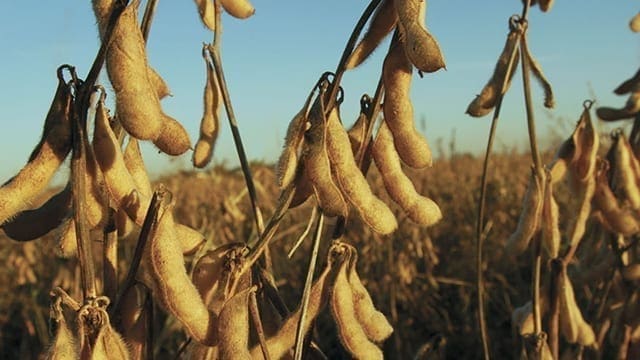CHINA – China’s oilseed consumption continues to grow, driving demand for increased oilseed imports and government support to expand oilseed production, according to GAIN.
According to GAIN reports, the total oilseed consumption for 2018/19 is to reach 164.3 million metric tons (MMT) based on the continued growth of the animal husbandry industry’s demand for protein meal.
In order to meet this demand, post forecasts soybean imports to increase to 100.5 MMT in 2018/19.
Driven by the steady growth of the animal husbandry industry, which is transitioning towards large-scale production models, total oilseed consumption continues to rise, with consumption forecast up to 164.3 MMT in 2018/19.
While consumption will continue to rise, the forecast growth in soybean meal equivalent feed use for 2018/19 will slow down in comparison to 2017/18, with a forecast growth of 3.3 MMT in 2018/19 versus an estimated growth of 4.4 MMT in 2017/18.
Soybean imports will continue to be the main source to meet the growing protein meal demand with soybean imports forecast to reach 100.5 MMT in 2018/19, up by 3.5 MMT from 2017/18.
China’s meal and oil use and total oilseed demand remains a challenge because of difficulties in collecting data mainly due to massive players in each part of the oilseed industry chain.
This is particularly true with data pertaining to rapeseed and peanut area and production; soybean use as food or feed; feed and livestock production; and the unknown volume of soybean and vegetable oil reserves.
Soybean acreage is increasing in an effort to meet the Chinese government’s goal of self-sufficiency in soybeans.
The forecast increase in soybean acreage and production in 2018/19 is buoyed by the government’s support policy that is encouraging some farmers to plant soybeans or rotate to soybeans from corn in the traditional soybean planting regions.
The 208/19 soybean area is likely to be boosted by the uncertainty of the U.S. – China trade relationship, which might result in increased prices for soybean imports in the near future.
China’s net yearly soybean import growth averaged 6.8 MMT from 2011/12 to 2016/17. Industry sources indicated that the high net soybean import growth appeared to be closely tied to the surge in pork prices.
The record pork prices in mid-2016 played a key role in driving a net growth of 10.2 MMT soybean imports in 2016/17 from the previous year.
Soybean imports in 2017/18 are expected to maintain a normal growth pattern given the sluggish pork prices that have occurred since March 2018.
China’s soybean imports totaled 9.69 MMT in May 2018, making total imports in the first eight months of the marketing year 60.3 MMT, which is higher than the 59.2 MMT from the same period last year.
Chinese sources vary in their estimates for 2017/18 soybean imports, which range from 96 MMT to 97 MMT.











